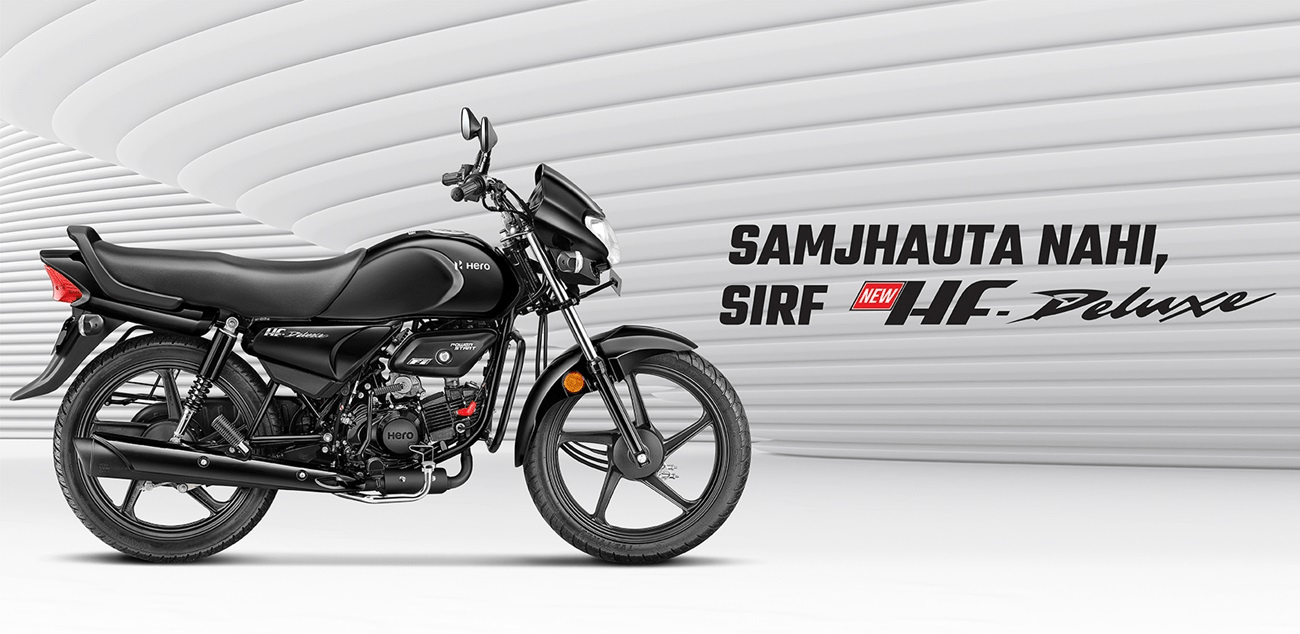Emergency manoeuvres are used in unexpected situations.
Emergency braking is performed using a critical or rhythmic skid. The amount and duration of the “gas” supply allow you to adjust the amplitude of the skid. To balance the car, it’s necessary to be ahead in actions; it is developed for a long time and requires forecasting the situation.
An emergency turn includes:
- Combined braking.
- Transferring the vehicle to a metered skid.
- Cornering in a skid, alignment.
Sharp turn and turn on the minimum area in a skid. At speeds up to 20 km / h, the steered wheels quickly turn almost to complete in the right direction and squeeze the gas pedal all the way. The angle and speed of rotation are regulated by the steering wheel and the gas pedal. A turn is performed with a skid to the right and left, achieving a turning manoeuvre at a width of about 5 meters.

For bypassing small-sized obstacles such as open wells, stones, etc., perform a sharp manoeuvre by power taxiing towards a barrier with both hands without intercepting before dropping the “gas” for the period of the steering wheel rotation.
For an emergency manoeuvre to ensure safety and not cause an accident:
- by deceleration, shift the centre of gravity forward, loading the steered wheels before starting the trick;
- choose the speed of taxiing depending on the loading of the front wheels: without loading, only smooth taxiing is possible, with loading – sharp;
- exclude pauses between deceleration and steering, steering and acceleration;
- avoid a combination of two manoeuvres – this most often leads to a rotation of the car;
- control the sensations of the body and hands, the stability of the vehicle when manoeuvring and the steering of the front wheels
- when speeding around an obstacle, be prepared for a deep skid, which should arise due to the rocking of the car;
- get ready after a sharp manoeuvre to stabilise the vehicle using a reaction to a skid, accelerated taxiing, dosed braking, acceleration.
Here are a few helpful tips for driving on slippery roads:
- At pedestrian crossings, entrances to them and in other places where pedestrians may appear on the roadway, be careful – the pedestrian also walks on the ice and cannot stop quickly. Do not sound the horn – a pedestrian may slip and fall in a hurry. Pay special attention to elderly children and pedestrians.
- For long journeys on slippery roads, snow chains are worn on the wheels to increase the vehicle’s cross-country ability. In winter, the condition of the surface of different streets is not the same and is characterised by snow, ice, ice spots, bare asphalt. At this time, when the weather changes, the road conditions also change. Freezing temperatures after a thaw or heavy snowfall covering an icy road create hazardous conditions for traffic. Driving on such routes with a trailer requires the utmost care and attention.
- When entering bridges and slopes, try to move constantly with a slight increase in revs, staying away from passing and especially oncoming cars.
- It is preferable to use the advantages of spiked tyres only for keeping the car in the lane and not for braking. When braking more efficiently than conventional tyres, cars without studded tyres will “bump” into the car’s rear. You can also buy car tyres online if you know the corresponding match for your ride.
- When driving in snow, check the brakes every few hundred meters – the brake linings will get wet from the snow. When driving on an icy road, on the sides of which shafts of compacted or loose snow have formed, in case of drifts, slow down and rub the car against the snow shaft. There is usually no ice near it, and it is easier to push off to pick up speed and enter the lane.










